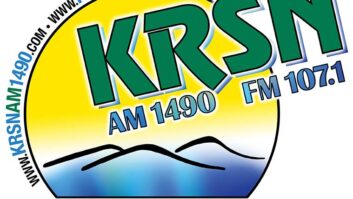Photo � Vitalii Hulai��
�
Leeches. Every station has them. They can inhabit every area of your radio station, bleeding your finances dry. You need to find those bloodsuckers and pull them out of your broadcast system.
�
Fortunately, you can easily justify some projects if they are meant to remove these money suckers.
Here are some common example of leeches:
1) Landlines that cost more to maintain than IP phones. �Multi-hop links that have bi-directional IP links (as underbuilds) within the microwave (or other duplex) system can possibly replace landlines.
2)Warranty contracts that you don’t use and provide no benefit. �Some warranty contracts can be like those paint protectors sold by car dealerships. You don’t really need them, and they will not make that much difference in the long run so why pay for them? There is a need to rationalize the cost of the equipment being protected versus the cost of protection. It may be better to “self-insure” and just budget for equipment replacement after a few years than throw the money on warranty contracts. Just be careful here that you are not cancelling service contracts that you will need later on; remember, once you take it out of the budget, it will be hard to put it back in later on.
3)Service contracts that you can do without. Tower inspections are great when used appropriately depending on your location. Again, you are the best person to determine how often this should be done. What I found to be helpful as far as budget is concerned is for me to do the pre-inspection work myself (on the ground with a telescope) and determine what needs to be done as a must-have. The must-haves are tower plumb, guy tensioning, application of cold-galvanize paint and tightening of bolts/nuts. I don’t need to engage a separate tower crew just to do inspections (may cost $2k per tower). �I can use the same maintenance crew who will do the plumb/tensioning to also do some inspection work while painting cold galvanize and tightening bolts as they go down the tower. The maintenance crews are already on the tower anyway and as they take pictures, they can “suggest” what else needs to be done.
4)Keep good records and maintenance logs. Tower climbs are expensive, so you want to get the most done at every opportunity. If you keep good records of how long flash tubes and capacitors are in service, you can schedule replacement of pending failures whenever there is a tower climb. Capacitors, for example, fail after five years or so in operation. If your tower light system shows the decrease in energy for each of the flash mode (day, twilight and night), you know that particular capacitors are on their way out. �It is better to replace a weak capacitor for $50 as a rider to a tower climb than to call a tower crew later on just for that reason.
�
Lintag is assistant chief engineer for KRON 4 in San Francisco, Calif. Opinions are his own, not necessarily those of his employer or Radio magazine.�












